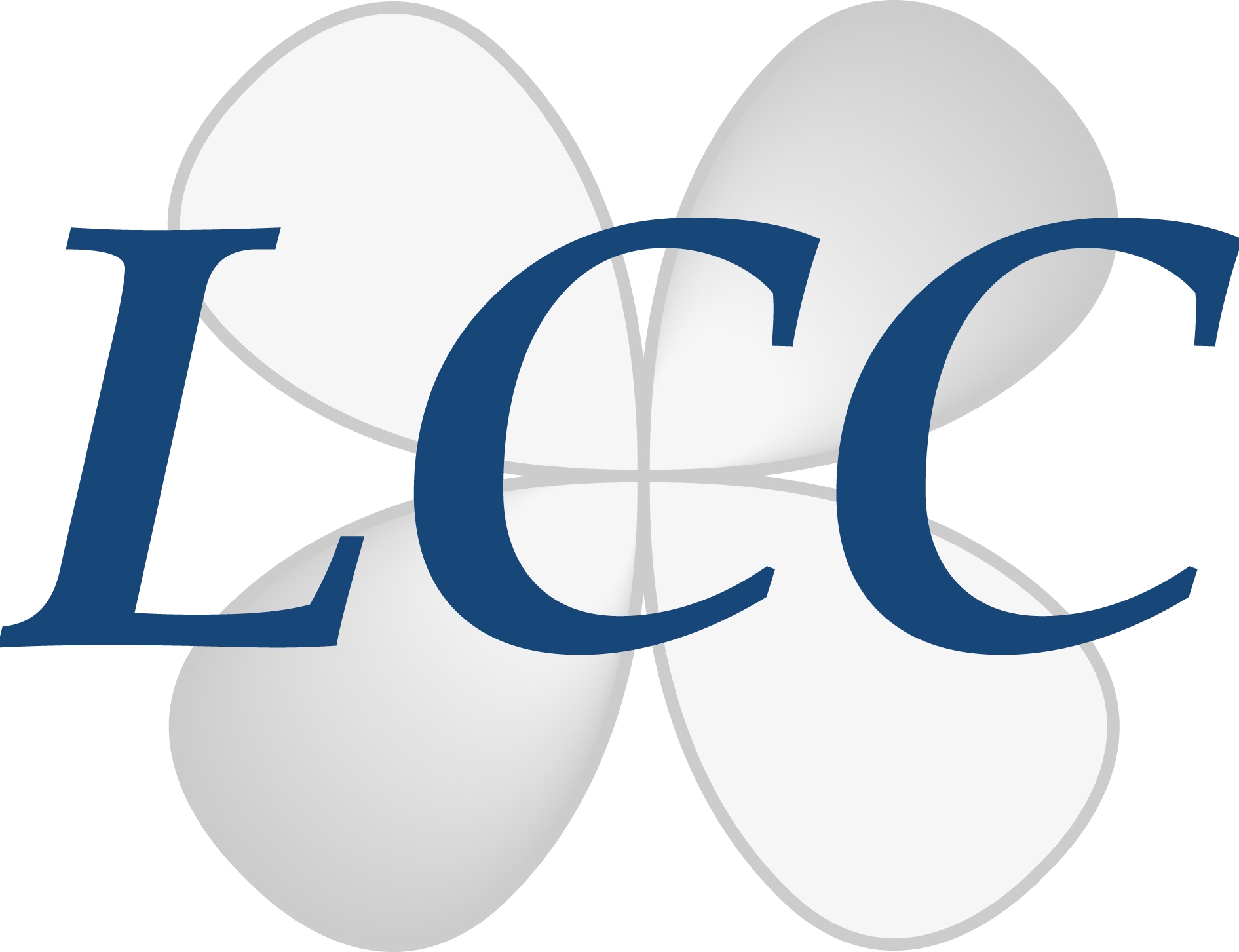Synthesis of new near-infrared fluorescent organic nanoprobes based on dendrimers
CHEMISTRY & GREEN CHEMISTRY

Lab: LCC
Duration: 5 months full-time internship
6 months full-time internship
Latest starting date: 31/01/2022
Localisation: "Dendrimers and Heterochemistry" team
Laboratoire de Chimie de Coordination, UPR CNRS 8241,
205 route de Narbonne, BP 44099
31077 Toulouse cedex 04
FRANCE
Supervisors:
Hameau Aurélien aurelien.hameau@lcc-toulouse.fr
Moineau-Chane Ching Kathleen kathleen.chane@lcc-toulouse.fr
Work package:
The goal of this internship is to develop a new class of dendritic nanoprobes based on the association of Poly(PhosphorHydrazone) (PPH) dendrimers and fluorophores. The synthesis of the different components is thoroughly under control in the host team. Dendrimers are hyperbranched multivalent macromolecules with a well-defined 3-D structure and nanometer-scale dimensions. Their structure consists of three parts: 1) the multifunctional core, 2) the skeleton with the branching units and 3) the surface with terminal functions. They are synthesized step-by-step, by the repetition of a sequence of quantitative reactions. Each time a new layer is created, a new “generation” is obtained (Scheme 1). PPH dendrimers, synthesized in the team with a phosphorus atom at the branching points,[1] are used for applications in catalysis, materials science, imaging or biology.[2] Their use in in-vivo imaging and in interpretation of biological mechanisms demonstrated the interest of such fluorescent dendrimers.[3]
The candidate will synthetize thienylbenzothiadiazole [TBTD] based π-conjugated fluorophores[4] and then incorporate them into a dendritic structure at the core level, as sketched in scheme1. These fluorophores are constituted of an alternation of electron Donor-Acceptor (D-A) fragments and exhibit intense absorptivities (ε > 30 000 L.mol-1.cm-1) in the visible-near-infrared region (λmax = 600 à 800 nm). The syntheses will be performed according to protocols developed in the laboratory. The influence of the terminal Donor fragment (Julo, TPA or PhCar) on the optical properties, and of the number of generation on the physicochemical properties, will be examined. The spectroscopic studies (mainly UV-Visible absorption and fluorescence) will be performed in organic or aqueous media depending on the nature of the terminal functions, amine or ammonium, respectively.
References:
[1] a) A.-M. Caminade et al. , Angew. Chem. Int. Ed. Engl. 1994, 33, 1589-1592; b) A.-M. Caminade et al. J. Organomet. Chem., 1997, 529, 51-58; [2] A.-M. Caminade, A. Hameau, K. Moineau-Chane Ching et al. Pure Appl. Chem. 2016, 88(10-11), 919–929; [3] a) A. M. Caminade, A. Hameau et al. Chem.. Eur. J., 2009, 15, 9270-9285; b) A.-M. Caminade, A. Hameau et al. Dalton Trans., 2016, 45, 1810–1822; c) Phosphorous Dendrimers in Biology and Nanomedicine: Syntheses, Characterization, and Properties, Caminade A.M. et al. (Eds). Pan Stanford Publishing, 2018: Fluorescent Phosphorus Dendrimers and their Use for Biology, Chapter 4 (p 101-122); [4] a) K. Moineau-Chane Ching et al. New J. Chem., 2016, 40, 7326-7337; b) K. Moineau-Chane Ching et al., J. Photochem. Photobiol. A, 2018, 356, 403-410
Areas of expertise:
Dendrimers, fluorescence, organic synthesis
Required skills for the internship:
Dynamic and motivated student with strong skills in organic chemistry.
